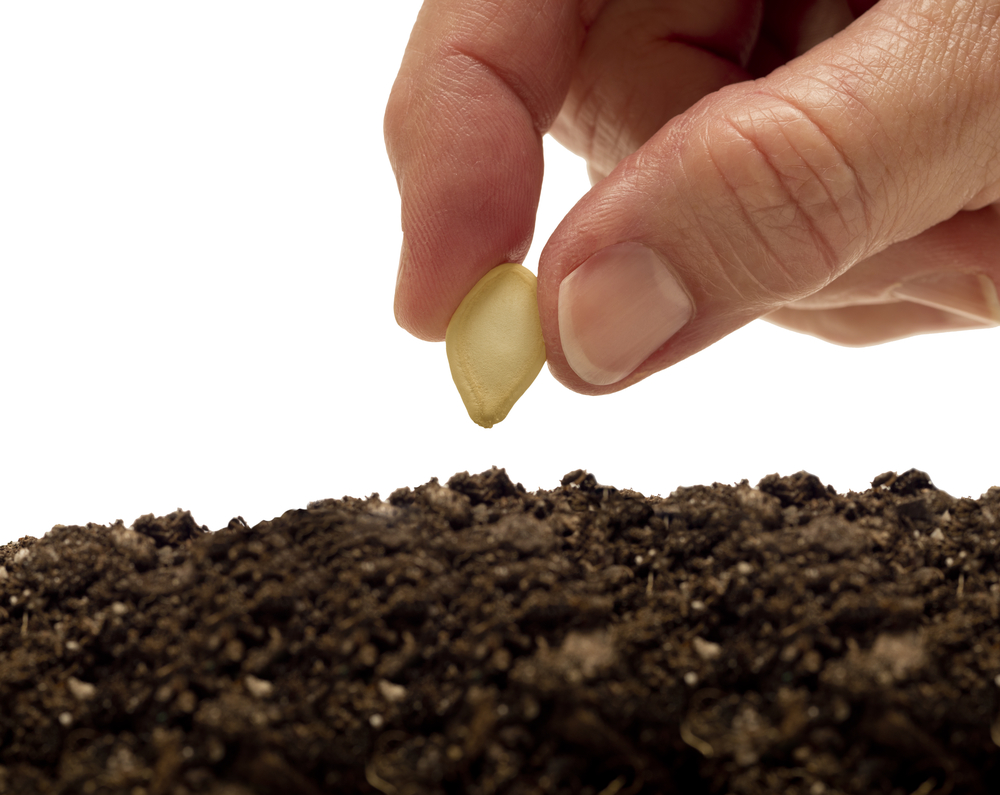The Local newsletter is your free, daily guide to life in Colorado. For locals, by locals.
Colorado gets teased. The winter months do so much good for our square state—snow for play in the high country, snow for water everywhere. But in the Front Range, spring tempts us with 60-degree days mapped out on the calendar like a treasure hunt. This year, a string of 50-plus degree days at the end of January had me at my local Home Depot hunting for all the ingredients to make my summer garden start growing. Then, you guessed it, eight inches of snow a week later. Lesson learned: Don’t let the finicky weather determine your garden’s planting schedule. The good news? You can start gardening inside.
Coby Gould, the executive director of GrowHaus in north Denver, says that now is the perfect time to jumpstart your summer planting. He explains that there are a few options for what to plant in: seed starting pots or trays that you can buy at a local nursery, eggs cartons, or cups with newspaper wrapped around the inside. Fill any of these containers with potting soil and your veggie seeds of choice: lettuce and kale are hearty greens, while it’s good to start tomatoes inside because they take longer to produce fruit.

Once your seeds are planted, find them a home in a south facing window and water them regularly. The key to watering is balance. That doesn’t mean you should only pull out the watering can every other week, nor does it mean drowning the plants. Gould says a rule to mind is to make sure the soil is never dry to the touch (the climate can be kept more humid with a clear plastic top over the pots).
Daylight savings begins on March 10 and Colorado’s freeze date (the day when it’s thought to be OK to plant outside) is on April 14. Many local gardeners wait for Mother’s Day, too. Gould encourages early planters to “harden off” their plants by gradually introducing them to the outdoor climate. If we have a reasonably warm day on tap, put your plants outside to soak in the sun without a glass barrier. They’ll start to adjust to the temperature changes before you plant them in the ground for good.
The most important thing to remember when finally transplanting your veggies into their outdoor home, is to not disturb the roots, which Gould says are a plant’s lifeline. Treat the baby roots gently as you uproot and transplant the plants. (Do your best ER doctor impression.) Messing with the roots means messing with all of your delicious homegrown dinners to come.
—Image courtesy of Shutterstock.
Follow editorial assistant Lindsey R. McKissick on Twitter at @LindseyRMcK.








